



Why LEADER? LEADER is an innovative approach developed to enable local communities to participate in their own local development processes.
 Development plans decided at regional or national level are implemented with a top-down approach. On the other hand, LEADER, which is an area-based and bottom-to-top approach; It started as the practice of “bringing together” resources, stakeholders, different development ideas and projects at the local level and proved to be an ideal implementation tool.
Development plans decided at regional or national level are implemented with a top-down approach. On the other hand, LEADER, which is an area-based and bottom-to-top approach; It started as the practice of “bringing together” resources, stakeholders, different development ideas and projects at the local level and proved to be an ideal implementation tool.
This approach means that local actors participate in the decision-making processes regarding the projects to be implemented and the strategies to be implemented in their local regions. In this context; partnerships called local action groups (LAGs) are encouraged to be set up by the representatives of public, private and non-governmental organizations.
Public-private partnership and implementation of LDS can strengthen regional harmony and contribute to the long-term sustainable development of a region.
How Does LEADER Operate?
LEADER has been planned to be an effective tool for local development. It works based on the idea that the needs of the local can be best determined and solved by the local actors themselves.
That is why, the activities in LEADER are planned by Local Action Groups (LAG). Each LAG prepares a Local Development Strategy (LDS) for its field of work.
LAG is a group of stakeholders living in rural areas that come together for the preparation of the Local Development Strategy (LDS) and has the status of an association. LAG is a partnership of public, private sector and non-governmental organizations.
A LAG; consists of
- Local Public Authorities (Municipalities, Social Assistance and Solidarity Foundation, Chambers)
- Private Sector (Natural person taxpayers, Farmers, Companies, Cooperatives and Unions)
- NGO (associations and foundations) representatives.
LEADER aims cooperation among the local action groups and to unite under the Rural Network to achieve this. It is based on implementing innovative actions and multi-sectoral designs when preparing strategies for development.
Local Development Strategy;
- is prepared by a LAG with a participatory approach.
- explains the solutions developed against local problems, local development goals, and the activities to be implemented to achieve these goals.
- Each LDS includes a financial plan showing disbursement amounts and sources of expenditure.
- The implementation period for the already submitted LDS’s is 3.5 years.
Where is LAG established?
A Local Action Group is established for an activity area that is rural and contains integrity in terms of economic activities. The activity area (in Turkey) is selected at the district level in order to ensure ease of management and identification. In the LAG field;
- Sufficient human resources and financial and economic resources should be provided
- Total population must be between 10,000 and 150,000 people
- The population of settlement areas included in LAG and LDS's should not be over 25,000.
- One area should not belong to more than one LAG; there should be a single partnership, strategy and area.
 4 Ay 12 Gün Önce paylaşıldı
4 Ay 12 Gün Önce paylaşıldı
Under the LEADER measure implemented through the IPARD Managing Authority, the representatives of Taşeli Turkuaz LAG established in Karaman, one of the 2nd...;
10 Ay 0 Gün Önce paylaşıldı
 11 Ay 5 Gün Önce paylaşıldı
11 Ay 5 Gün Önce paylaşıldı
YO staff was guests of YÜSRA SUNHUN TURİZM CONSTRUCTION ENGINEERING AGRICULTURE AND HAYVANCILIK SANAYİ TİCARET LİMİTED ŞİRKETİ as part of their visit to Yozgat...;
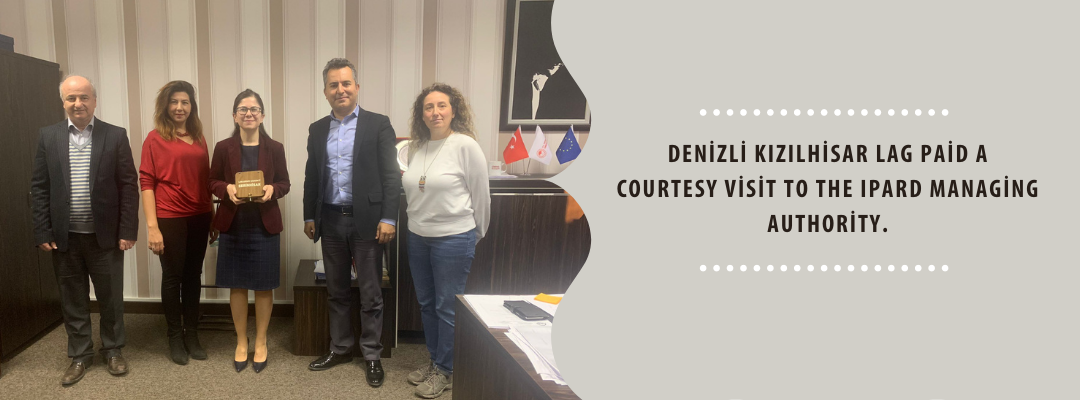 1 Yıl 5 Ay önce Paylaşıldı
1 Yıl 5 Ay önce Paylaşıldı
Kızılhisar LAG, one of the Local Action Groups established in Denizli under the LEADER measure through the IPARD Managing Authority, visited the IPARD...;
1 Yıl 5 Ay önce Paylaşıldı
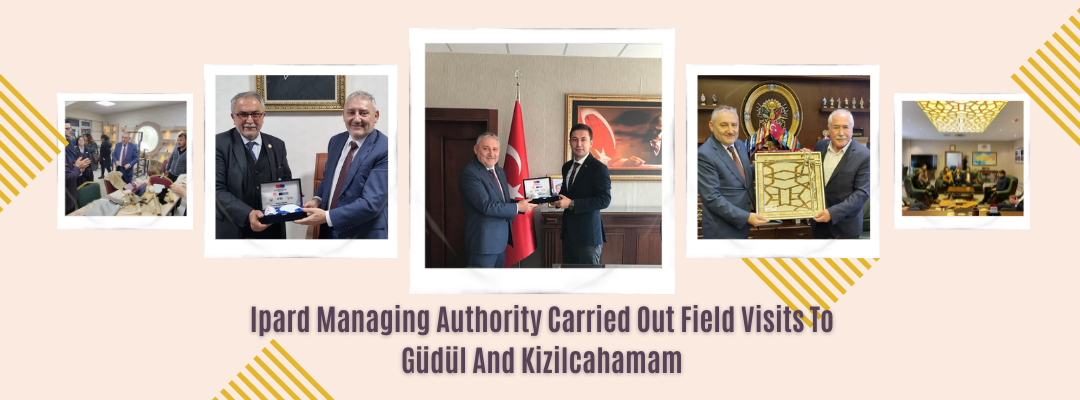 1 Yıl 5 Ay önce Paylaşıldı
1 Yıl 5 Ay önce Paylaşıldı
GÜDÜL: As part of field visits, a delegation headed by Mr. Dr.Osman YILDIZ, the Deputy Director General of Agricultural Reform - Head of IPARD Managing...;
 1 Yıl 5 Ay önce Paylaşıldı
1 Yıl 5 Ay önce Paylaşıldı
The staff of the General Directorate of Agricultural Reform, which acts as the Managing Authority, was in Burdur for the visit of the Local Action Group...;
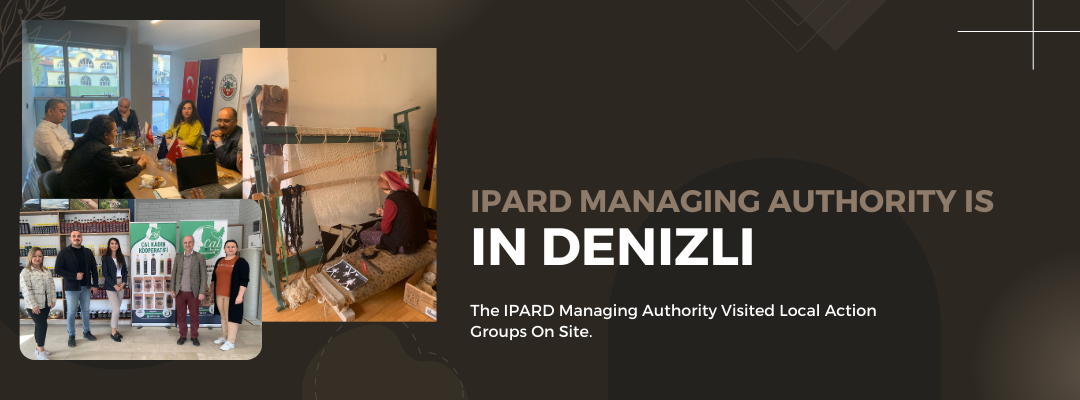 1 Yıl 5 Ay önce Paylaşıldı
1 Yıl 5 Ay önce Paylaşıldı
The staff of the General Directorate of Agricultural Reform, which acts as the Managing Authority, was in Denizli for the visit of the Local Action Group...;
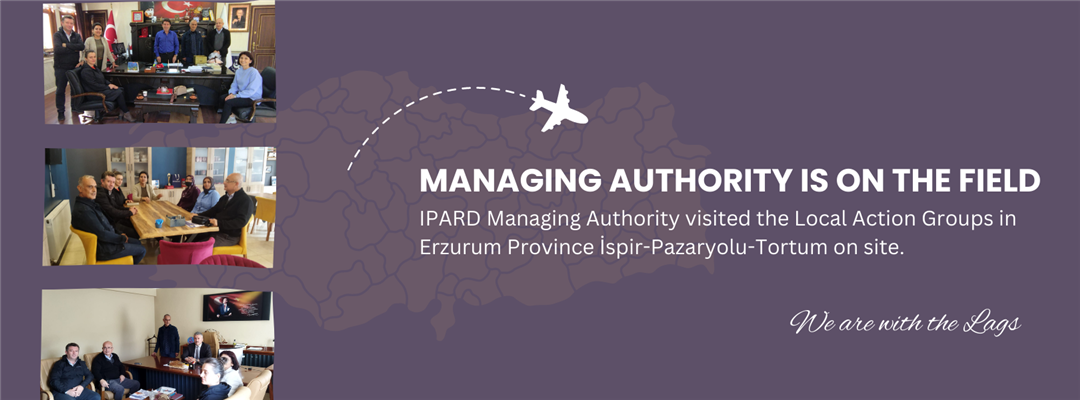 1 Yıl 5 Ay önce Paylaşıldı
1 Yıl 5 Ay önce Paylaşıldı
Within the scope of the LEADER measure, the Managing Authority encouraged the local public, private sector and non-governmental organizations to...;
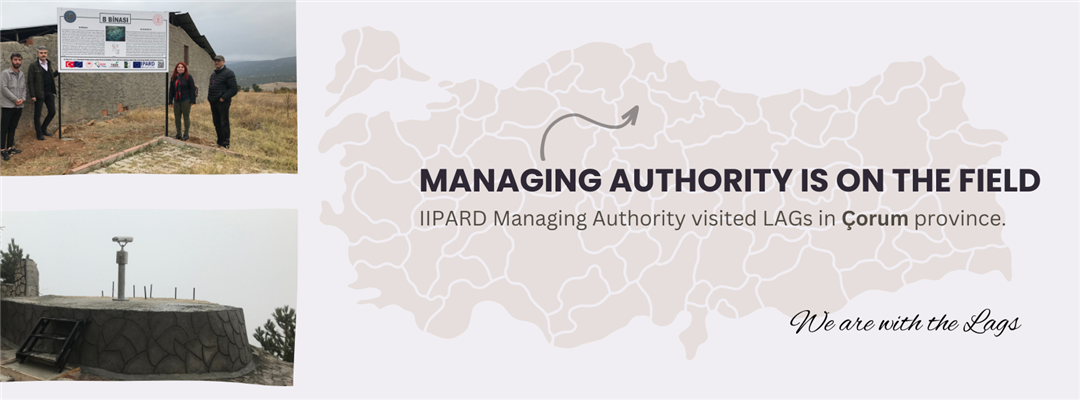 1 Yıl 5 Ay önce Paylaşıldı
1 Yıl 5 Ay önce Paylaşıldı
As the EU Structural Adjustment Management Authority team, in order to implement the LEADER Approach more effectively and efficiently, Local Action Groups were...;
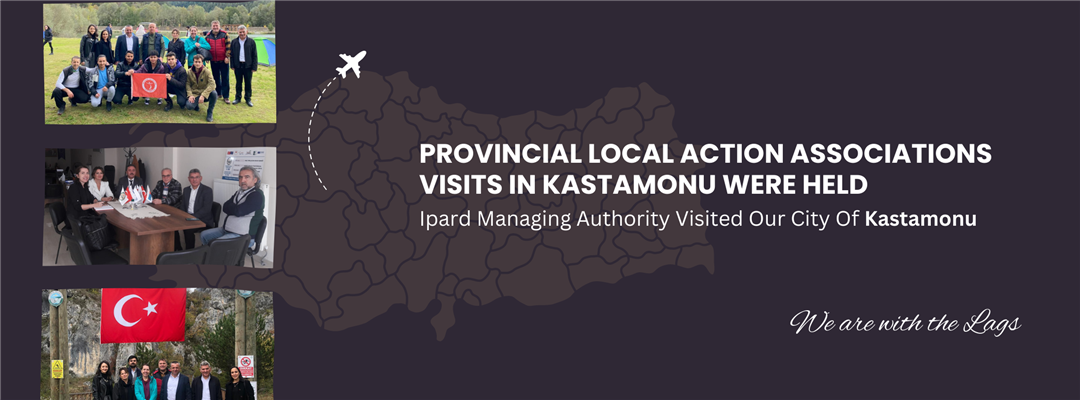 1 Yıl 5 Ay önce Paylaşıldı
1 Yıl 5 Ay önce Paylaşıldı
The staff of the General Directorate of Agricultural Reform, which acts as a Managing Authority, conducted field visits for Local Action Groups supported under...;
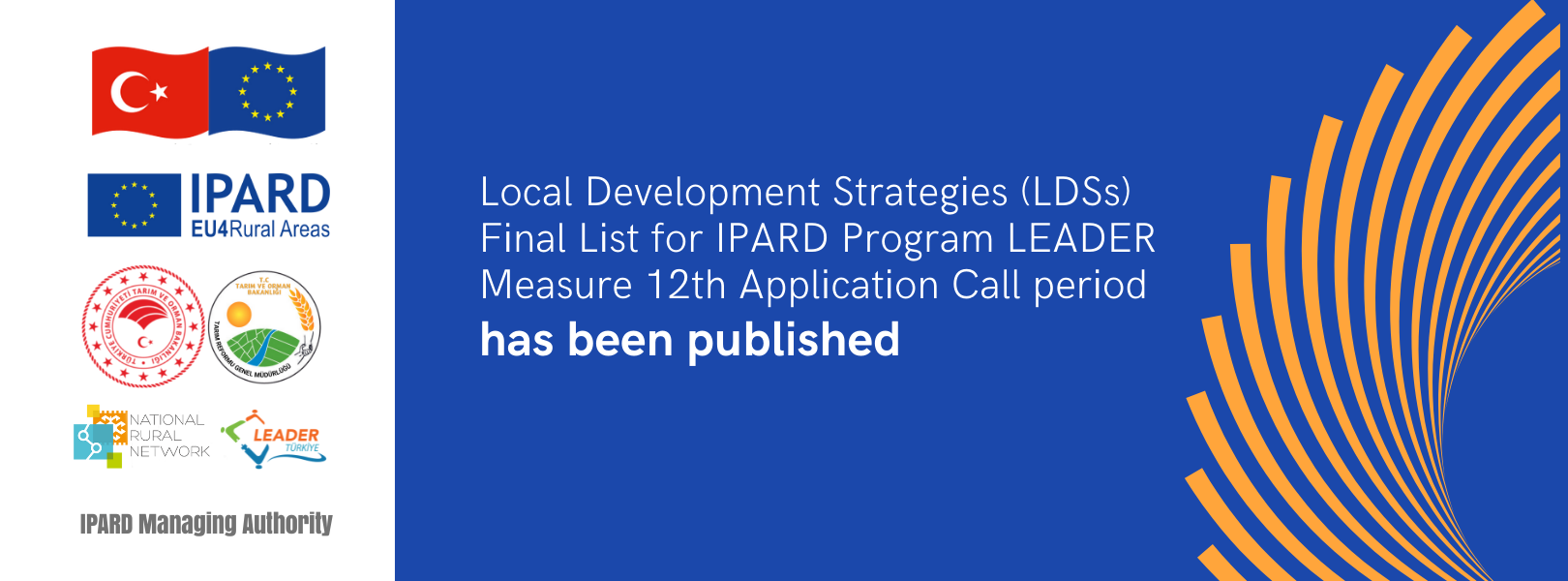 1 Yıl 5 Ay önce Paylaşıldı
1 Yıl 5 Ay önce Paylaşıldı
The European Union Instrument for Pre-Accession Assistance Rural Development Program (IPARD) “Implementation of Local Development Strategies - LEADER Approach”...;
1 Yıl 6 Ay önce Paylaşıldı
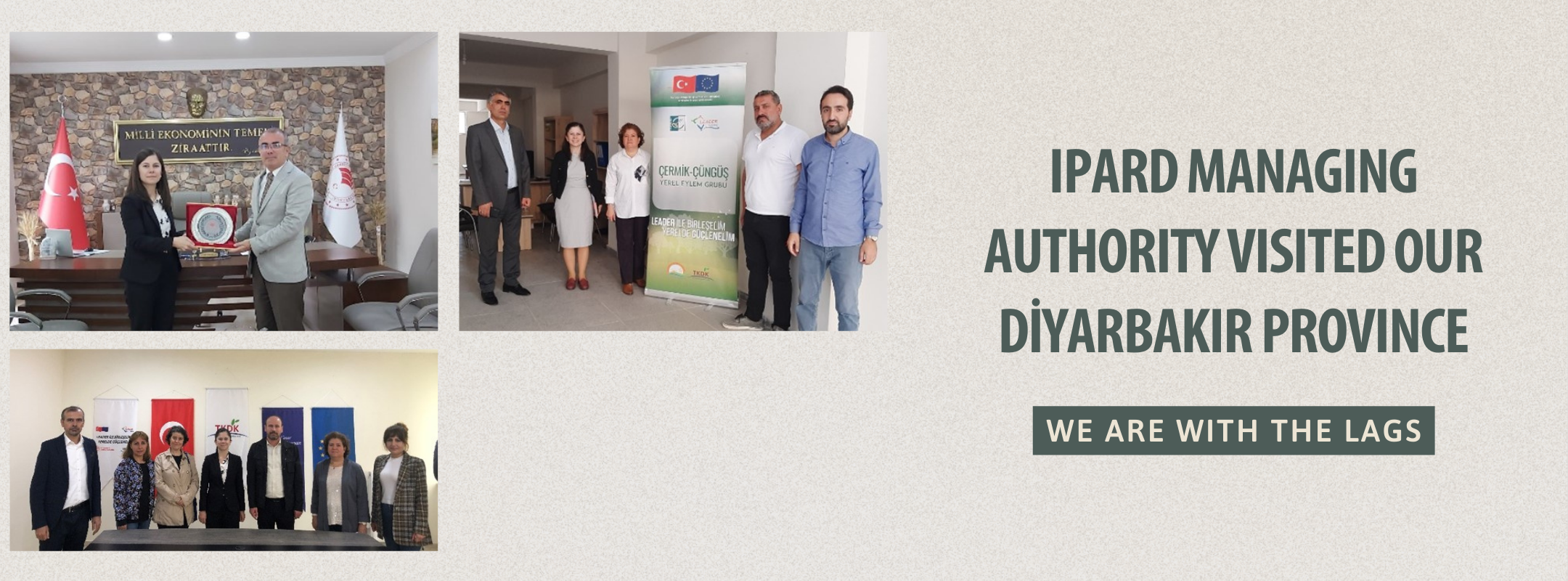 1 Yıl 6 Ay önce Paylaşıldı
1 Yıl 6 Ay önce Paylaşıldı
The staff of the General Directorate of Agricultural Reform, acting as the IPARD Managing Authority, conducts field visits to Local Action Groups supported...;
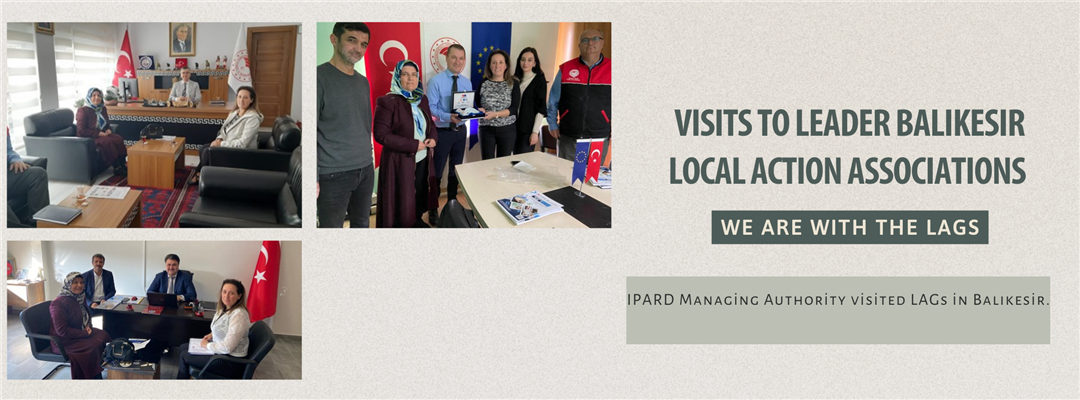 1 Yıl 6 Ay önce Paylaşıldı
1 Yıl 6 Ay önce Paylaşıldı
in order to implement the LEADER Approach more effectively and to examine the current status of Local Action Groups (LAGs), the EU Structural Adjustment...;
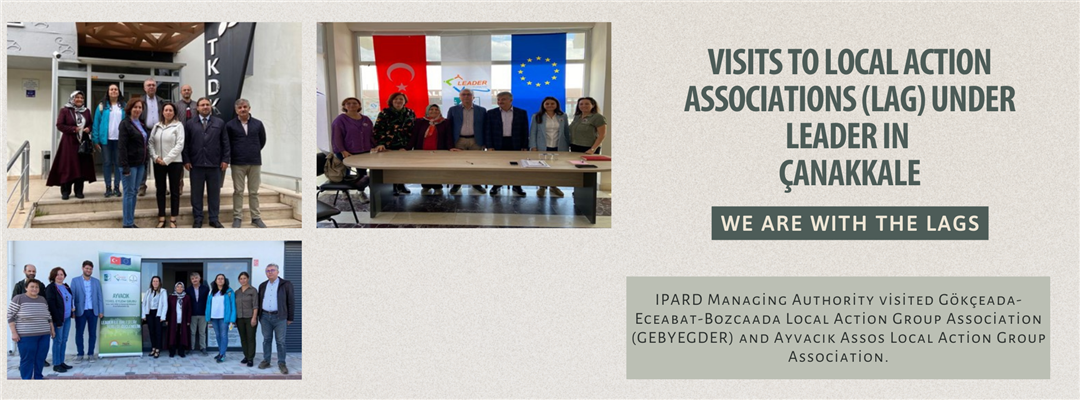 1 Yıl 6 Ay önce Paylaşıldı
1 Yıl 6 Ay önce Paylaşıldı
NEWS SUBHEADING IPARD Managing Authority visited Gökçeada-Eceabat-Bozcaada Local Action Group Association (GEBYEGDER) and Ayvacık Assos Local Action Group...;
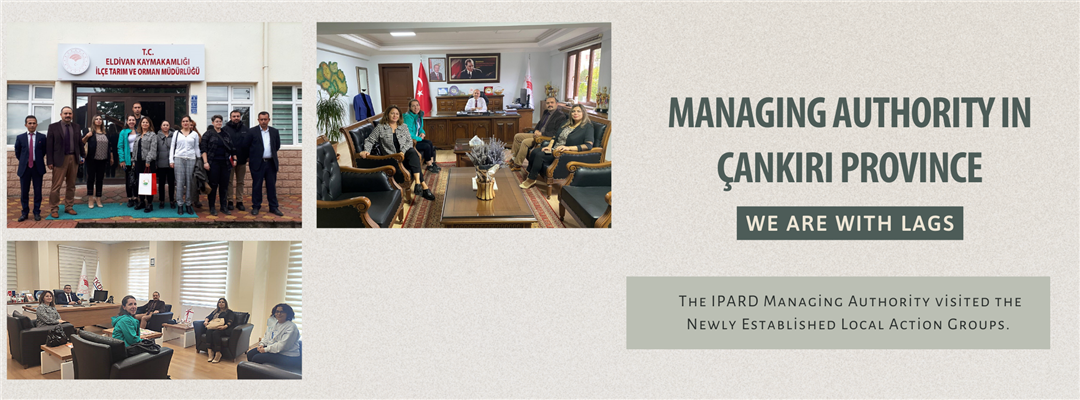 1 Yıl 6 Ay önce Paylaşıldı
1 Yıl 6 Ay önce Paylaşıldı
IPARD Managing Authority conducted a field visit in Cankiri province on October 17, 2022, to examine the Local Action Groups (LAG) operating within the scope of...;
1 Yıl 6 Ay önce Paylaşıldı
 1 Yıl 6 Ay önce Paylaşıldı
1 Yıl 6 Ay önce Paylaşıldı
Within the scope of the LEADER measure, the Managing Authority encouraged the local public, private sector and non-governmental organizations to bring together...;
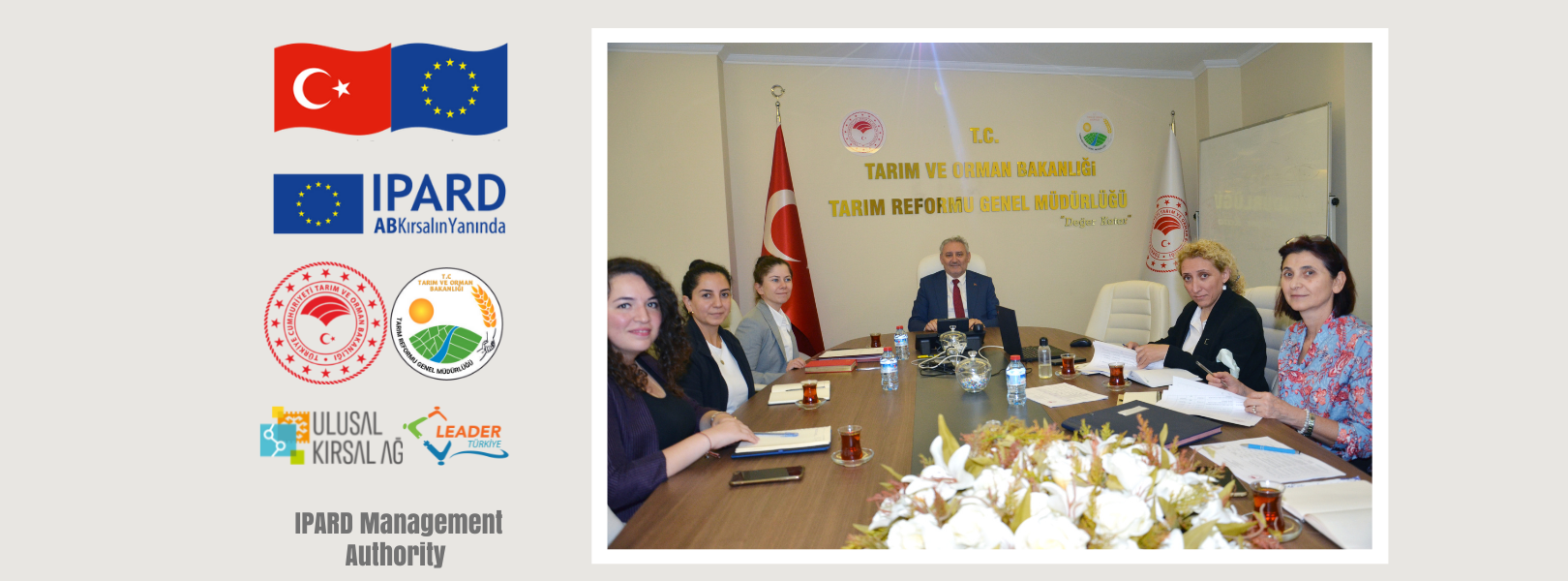 1 Yıl 6 Ay önce Paylaşıldı
1 Yıl 6 Ay önce Paylaşıldı
Rural development, which is based on the goal of increasing the level of economic well-being and quality of life of the rural population, is important not only...;
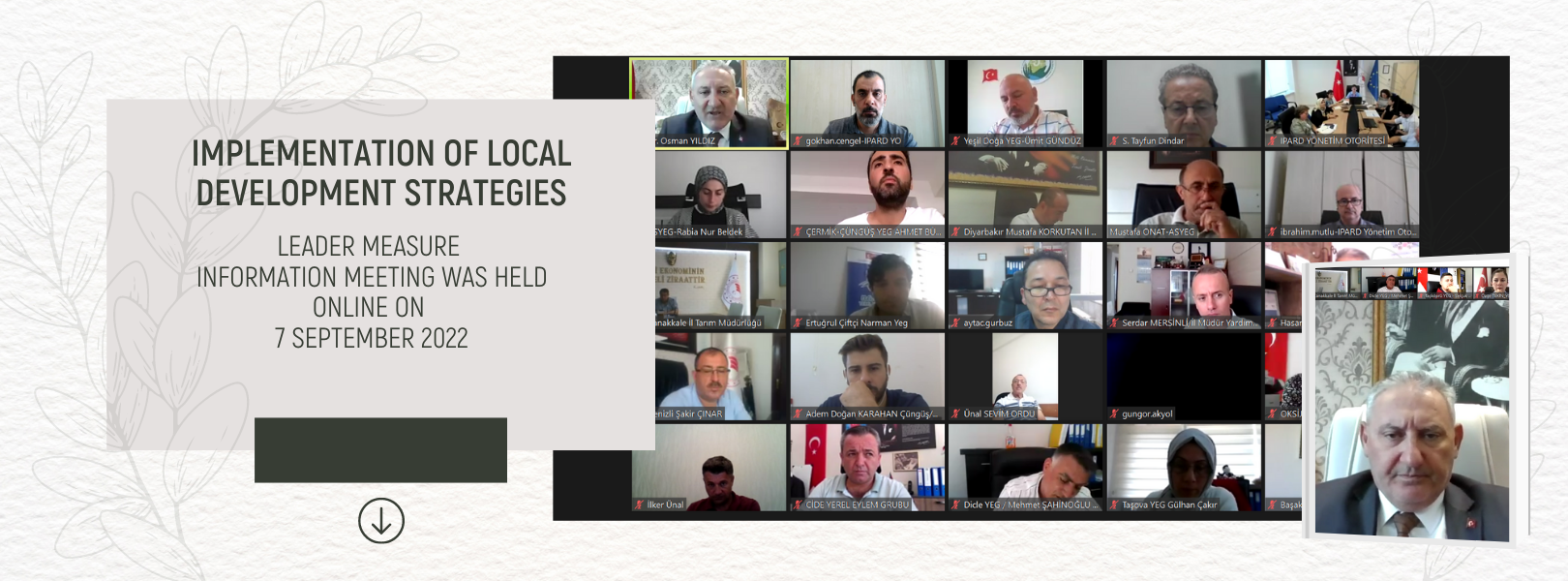 1 Yıl 7 Ay önce Paylaşıldı
1 Yıl 7 Ay önce Paylaşıldı
... ... On September 7, 2022, an information meeting was held by the General Directorate of Agricultural Reform, Department of Managing Authority for EU...;
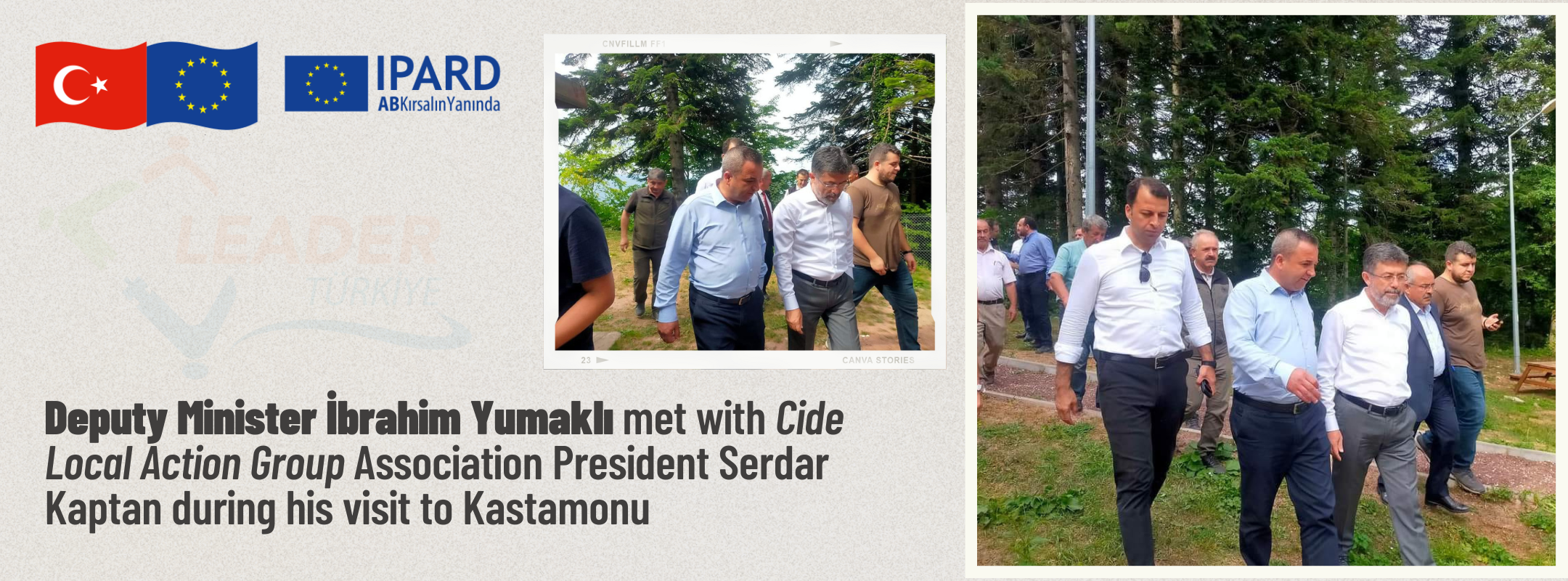 1 Yıl 8 Ay önce Paylaşıldı
1 Yıl 8 Ay önce Paylaşıldı
During his visit to Kastamonu, Deputy Minister Mr. İbrahim Yumaklı met with Serdar Kaptan, the President of Cide Local Action Group Association which is...;
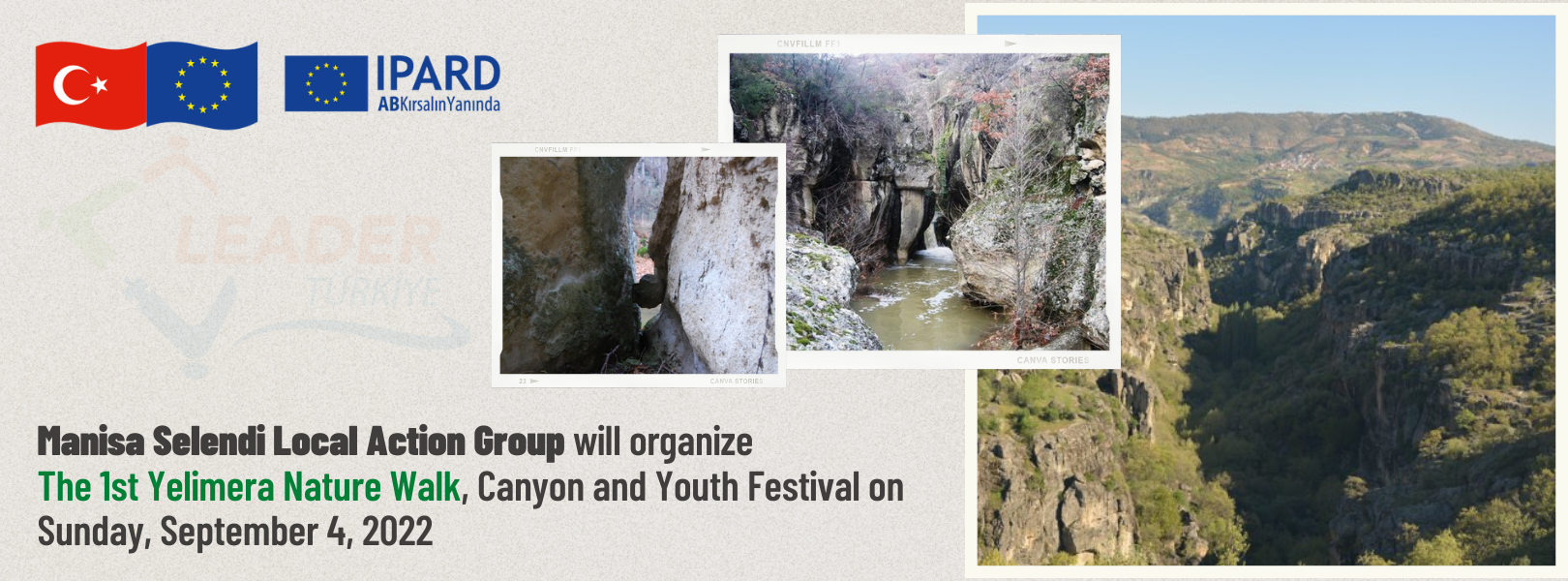 1 Yıl 8 Ay önce Paylaşıldı
1 Yıl 8 Ay önce Paylaşıldı
On Sunday, September 4, 2022, Manisa Selendi Local Action Group Association, supported within the scope of the IPARD Program’s LEADER Measure will organize the...;
 1 Yıl 9 Ay önce Paylaşıldı
1 Yıl 9 Ay önce Paylaşıldı
In 25 July 2022, Hilvan (Şanlıurfa) Local Action Group Coordinator Yusuf Yavuz visited Department of Managing Authority for EU Structural Adjustment. The...;
 1 Yıl 10 Ay önce Paylaşıldı
1 Yıl 10 Ay önce Paylaşıldı
With the IPARD II Programme amendments approved by the European Commission's letter dated 01.06.2022, the budget allocations for the years 2022 and 2023 have...;
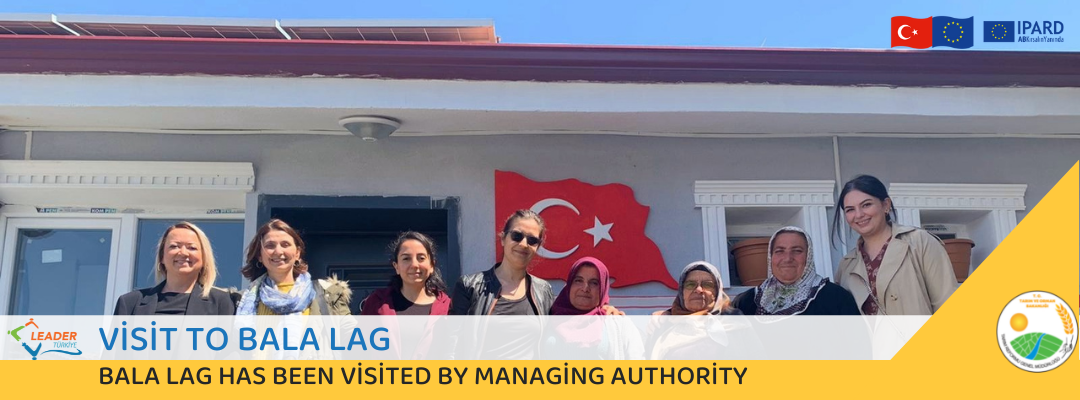 2 Yıl 0 Ay önce Paylaşıldı
2 Yıl 0 Ay önce Paylaşıldı
Bala Local Action Group which was established in 1st stage LEADER Measure implementation, has been visited by Head of EU Structural Adjustment Managing...;
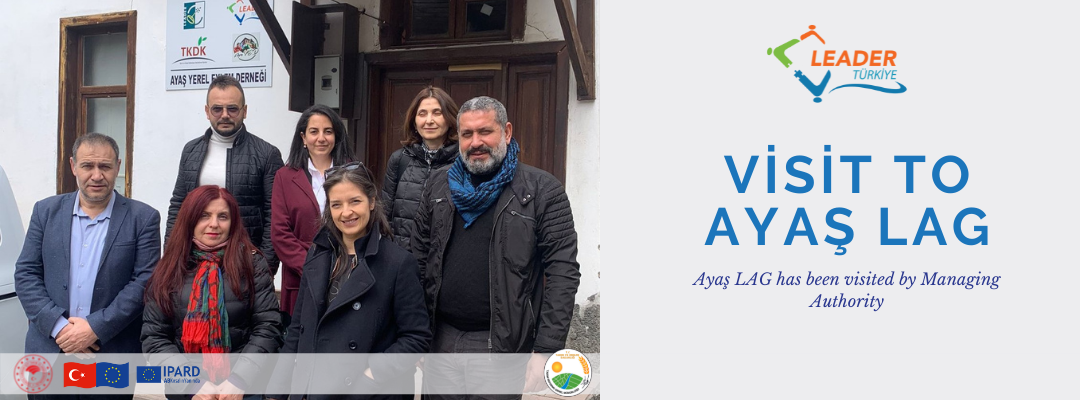 2 Yıl 0 Ay önce Paylaşıldı
2 Yıl 0 Ay önce Paylaşıldı
Ayaş LAG, which was established and supported by the help of LEADER Measure of IPARD, which gives opportunity to local people in order to construct their...;
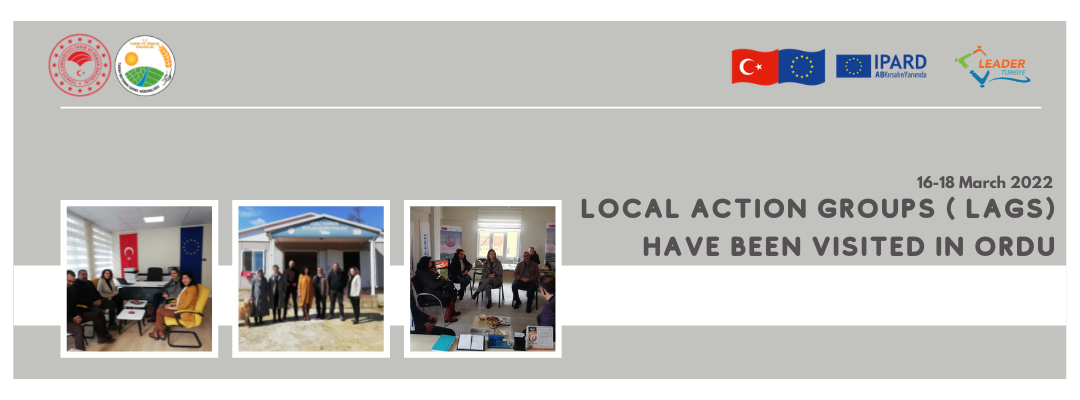 2 Yıl 1 Ay önce Paylaşıldı
2 Yıl 1 Ay önce Paylaşıldı
During the visits, communicated with the managers and experts of the LAGS, about the activities planned or ongoing of the LAG, IPARD III, National Rural Network...;
2 Yıl 2 Ay önce Paylaşıldı
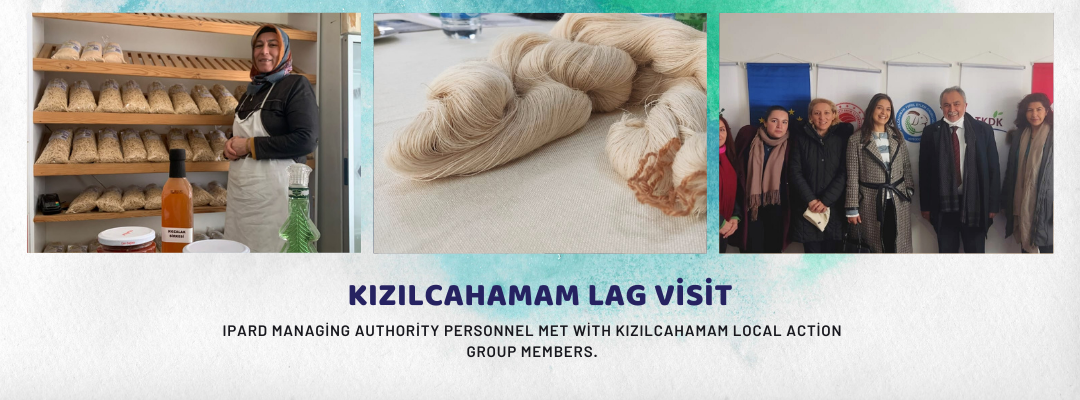 2 Yıl 2 Ay önce Paylaşıldı
2 Yıl 2 Ay önce Paylaşıldı
The Kizilcahamam Local Action Group Association, which was established within the scope of IPARD, and the EU Structural Adjustment Management Authority LEADER...;
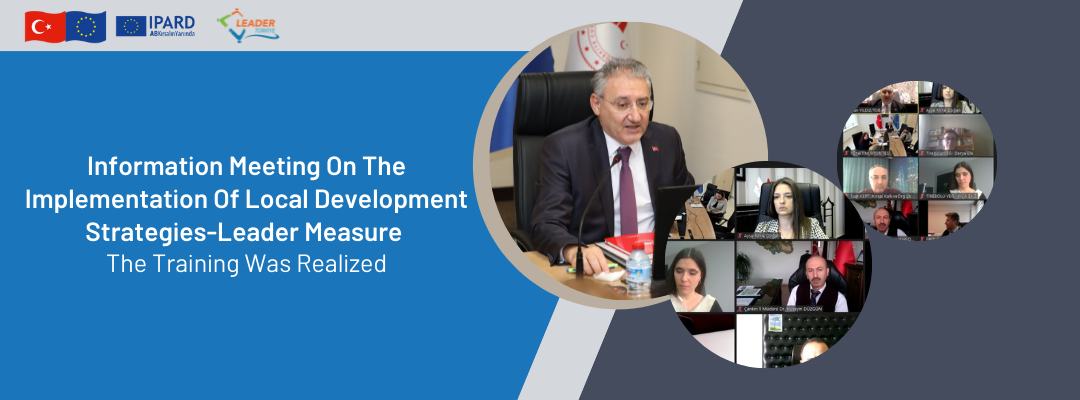 2 Yıl 2 Ay önce Paylaşıldı
2 Yıl 2 Ay önce Paylaşıldı
An Information training for potential applicants who will intend to apply for the “Implementation of Local Development Strategies – LEADER Approach” measure for...;
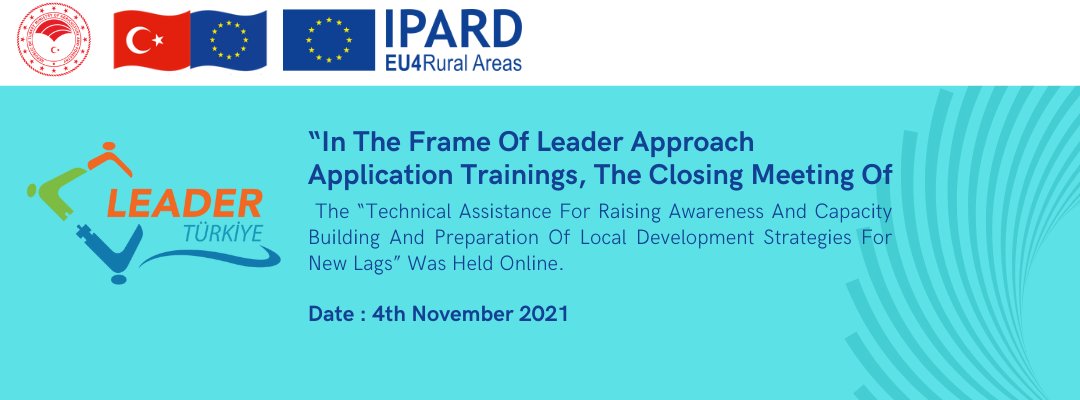 2 Yıl 5 Ay önce Paylaşıldı
2 Yıl 5 Ay önce Paylaşıldı
In the closing meeting, from Balıkesir, Burdur, Bursa, Çankırı, Elazığ, Erzincan, Giresun, Hatay, Isparta, Karaman, Kütahya, Mardin, Muş, Uşak and...;
 2 Yıl 5 Ay önce Paylaşıldı
2 Yıl 5 Ay önce Paylaşıldı
In order that LEADER Approach becomes prevalent, online opening meeting of the Project was held on 22nd February 2021 with the participation of 168...;
 2 Yıl 6 Ay önce Paylaşıldı
2 Yıl 6 Ay önce Paylaşıldı
In accordance with the 2. Activity of the project covering LEADER Promotion and Information activities, 8 pieces of E-newsletters have been prepared containing...;
 2 Yıl 10 Ay önce Paylaşıldı
2 Yıl 10 Ay önce Paylaşıldı
Within the Scope of Implementation of the LEADER Approach "Training of LPOs and Building the Infrastructure of Potential LAGs" which is the 4th Activity of the...;
 2 Yıl 10 Ay önce Paylaşıldı
2 Yıl 10 Ay önce Paylaşıldı
“Training of LPOs on Setting up of Potential LAG Structures”, which is the fourth activity of “Technical Assistance Project for Raising Awareness and Capacity...;
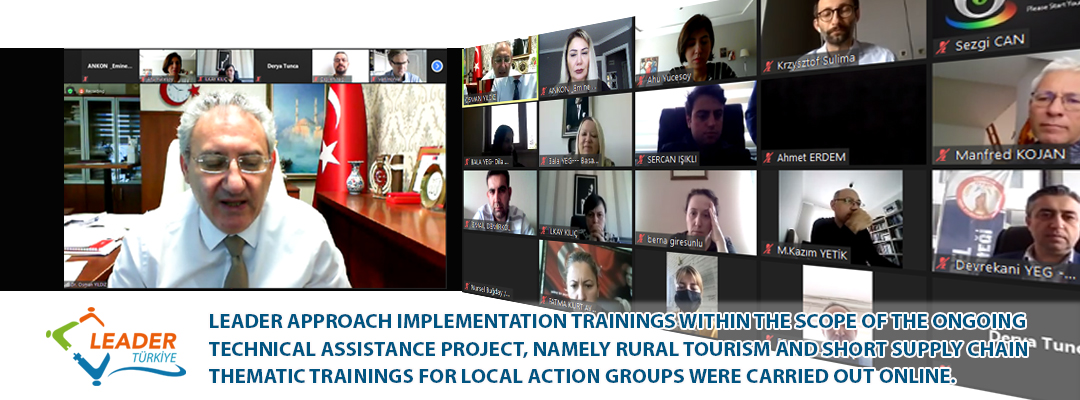 2 Yıl 11 Ay önce Paylaşıldı
2 Yıl 11 Ay önce Paylaşıldı
In order to promote the LEADER Approach; targeting the the 1st and 2nd phase districts, in order to raise awareness of the local residents of the potential YEGs...;
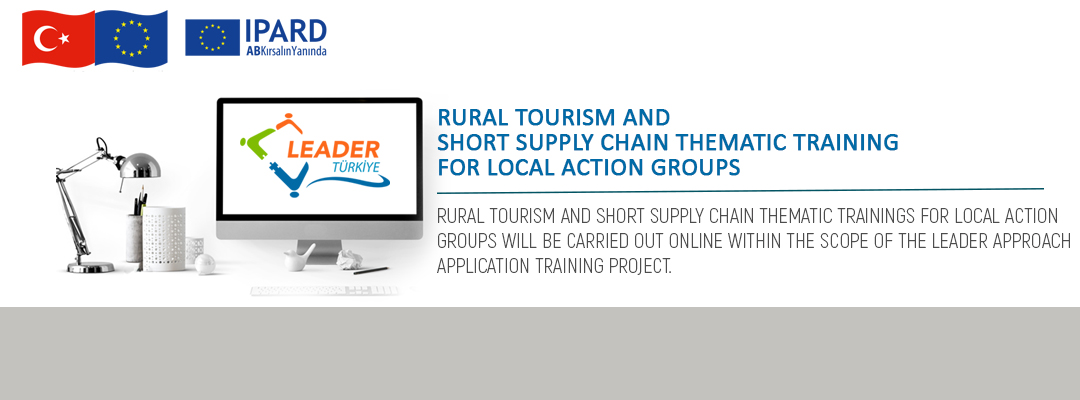 3 Yıl 0 Ay önce Paylaşıldı
3 Yıl 0 Ay önce Paylaşıldı
In order to spread the LEADER Approach; studies have been initiated to provide information about LEADER approach, to raise awareness, to ensure the preparation...;
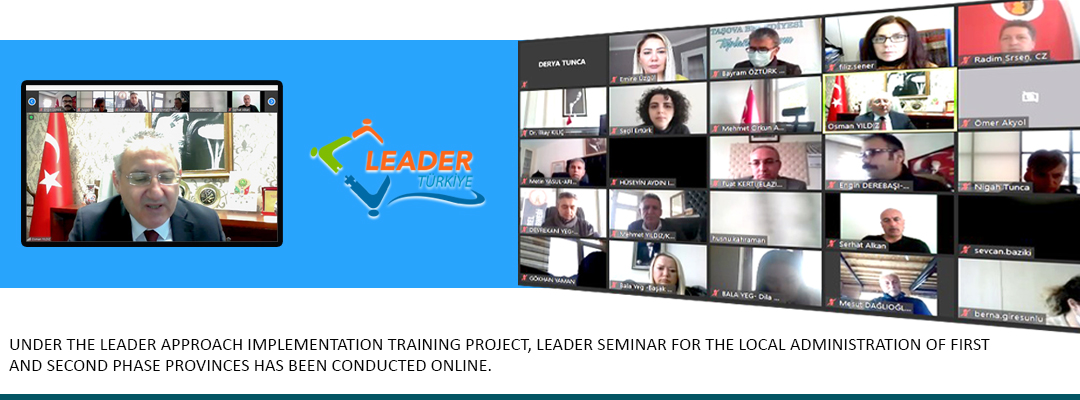 3 Yıl 0 Ay önce Paylaşıldı
3 Yıl 0 Ay önce Paylaşıldı
In order to promote LEADER approach, in the provinces of Balıkesir, Burdur, Bursa, Çankırı, Elazığ, Erzincan, Giresun, Hatay, Isparta, Karaman, Kütahya, Mardin,...;
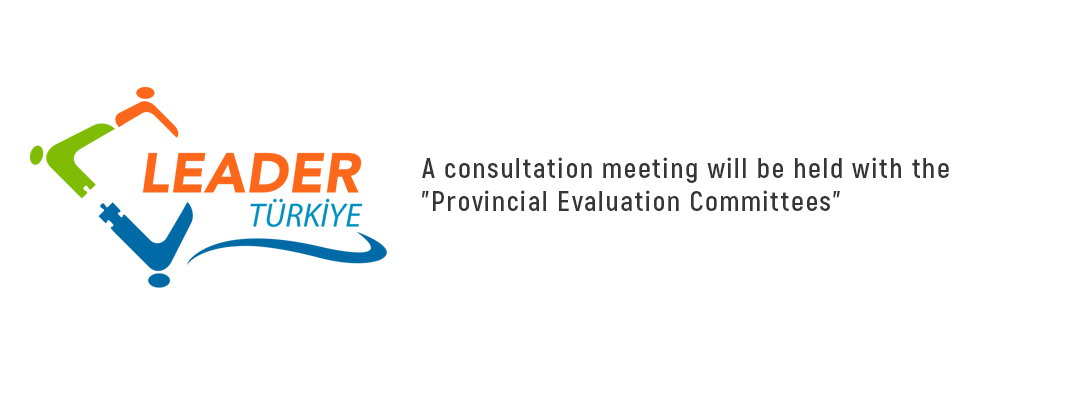 3 Yıl 1 Ay önce Paylaşıldı
3 Yıl 1 Ay önce Paylaşıldı
In order to extend the LEADER approach, the Project titled “Raising Awareness, Capacity Building and Establishment of LDS for New LAGs” has been launched in...;
 3 Yıl 1 Ay önce Paylaşıldı
3 Yıl 1 Ay önce Paylaşıldı
In order to roll out the LEADER Approach, a new Project has been initiated to increase awareness among and motivate local residents of potential LAGs to be...;
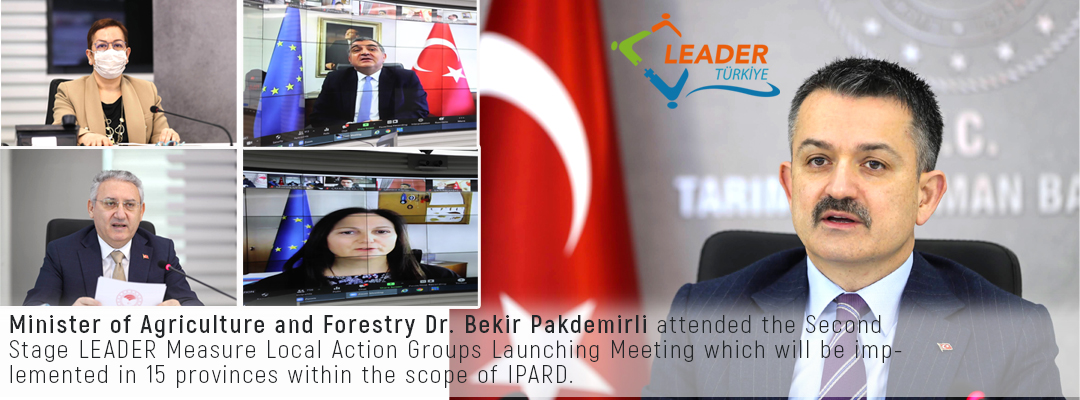 3 Yıl 1 Ay önce Paylaşıldı
3 Yıl 1 Ay önce Paylaşıldı
Minister of Agriculture and Forestry Dr. Bekir Pakdemirli attended the Second Stage LEADER Measure Local Action Groups Launching Meeting which will be...;
.jpg) 3 Yıl 1 Ay önce Paylaşıldı
3 Yıl 1 Ay önce Paylaşıldı
Directorate of European Union Structural Adjustment and Managing Authority of the General Directorate of Agrarian Reform has initiated a new activity called...;
 3 Yıl 1 Ay önce Paylaşıldı
3 Yıl 1 Ay önce Paylaşıldı
In order to spread the LEADER Approach; the online training was organized in Balıkesir, Burdur, Bursa, Çankırı, Elazığ, Erzincan, Giresun, Hatay, Isparta,...;
 3 Yıl 1 Ay önce Paylaşıldı
3 Yıl 1 Ay önce Paylaşıldı
Within the scope of the LEADER Project carried out by the Ministry of Agriculture and Forestry an "Online Launching Meeting for the Establishment of Local...;
3 Yıl 1 Ay önce Paylaşıldı
.jpg) 3 Yıl 2 Ay önce Paylaşıldı
3 Yıl 2 Ay önce Paylaşıldı
"Implementation of Local Development Strategies-LEADER Approach" is among the measures to be supported within the scope of the "Instrument for Pre-Accession...;
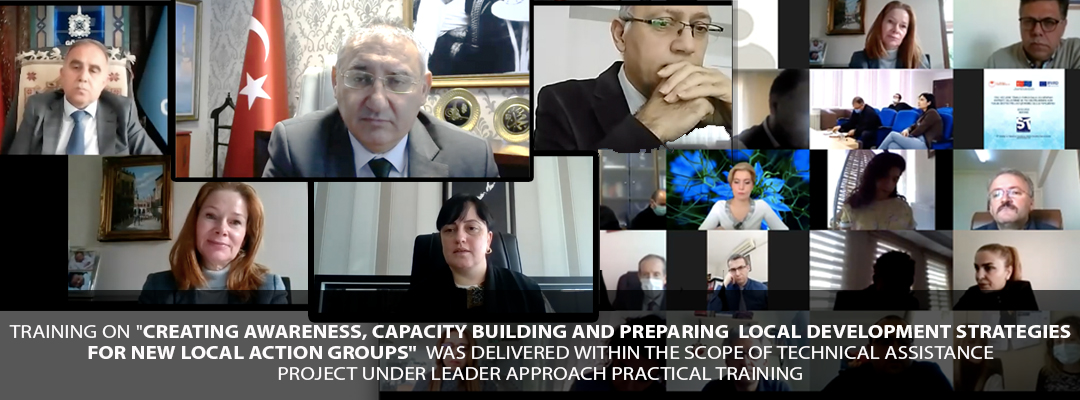 3 Yıl 2 Ay önce Paylaşıldı
3 Yıl 2 Ay önce Paylaşıldı
"Implementation of Local Development Strategies-LEADER Approach" is among the measures to be supported within the scope of the Pre-Accession Assistance Rural...;
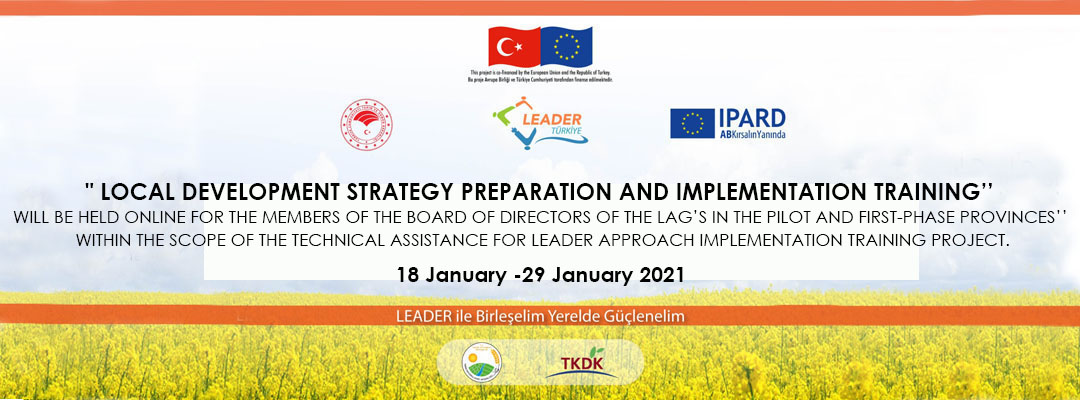 3 Yıl 3 Ay önce Paylaşıldı
3 Yıl 3 Ay önce Paylaşıldı
...‘’Local Development Strategy Preparation and Implementation Training for the members of the Board of Directors of the Local Action Groups in Pilot and...;
 3 Yıl 3 Ay önce Paylaşıldı
3 Yıl 3 Ay önce Paylaşıldı
...The 1st Phase of the "Local Development Strategy Preparation and Implementation Training for the Members of the Board of Directors of LAG’s in Pilot and...;
3 Yıl 5 Ay önce Paylaşıldı
3 Yıl 7 Ay önce Paylaşıldı
An international conference on "LEADER / FUTURE OF COMMUNITY-BASED LOCAL DEVELOPMENT" will be held jointly by Romania and Bulgaria on 5-7 October 2020....;
| Province | LAG Name | Maneger | Budge | |
|---|---|---|---|---|
| Detail | SAMSUN | ALAÇAM-YAKAKENT LAG | Hüseyin YILDIZ | 2.542.000,00 ₺ |
| Detail | KASTAMONU | ARAÇ LOCAL ACTION GROUP ASSOCIATION | Tevfik Demir OZDEMIR | ₺2.022.000 |
| Detail | ORDU | ARGAN LOCAL ACTION GROUP ASSOCIATION | ÖMER DUMAN | 1.922.155.00 ₺ |
| Detail | SAMSUN | ASARCIK LOCAL ACTION GROUP ASSOCIATION | MUSTAFA ONAT | 1.922.155,00 Turkish Lira |
| Detail | Ankara | AYAŞ LOCAL ACTION ASSOCIATION | Elvan ÇAVDAR | 1.899.000,00 TL |
| Detail | ORDU | AYBASTI AND SURROUNDINGS DEVELOPMENT ASSOCIATION | CEMAL DEMİRKIR | 1.918.000 |
| Detail | ÇANAKKALE | AYVACIK ASSOS LOCAL ACTION GROUP ASSOCIATION | DOĞUŞ ŞAHİN | 2.232.000,00 TL |
| Detail | SAMSUN | AYVACIK ASSOCIATION OF LOCAL ACTION GROUP | FATİH AYDIN | ₺1.915.000 |
| Detail | Ankara | BALA LOCAL ACTION GROUP ASSOCIATION | ERAY KÜÇÜK | 2.232.000,00 |
| Detail | ŞANLIURFA | BİRECİK LOCAL ACTION GROUP ASSOCIATION | HÜSEYİN SİRHAN GÖKDOĞAN | 2.232.000,00 TL |
| Detail | DENİZLİ | ÇAMELİ LOCAL ACTION GROUP ASSOCIATION | Pınar Gözde ÜNSALAN | 1.922.155,00 TL |
| Detail | Ankara | ÇAMLIDERE LOCAL ACTION GROUP | ..... | 309.539,553 EURO-1.919.300,00 TURKISH LIRAS |
| Detail | ORDU | ÇATALPINAR LOCAL DEVELOPMENT ASSOCIATION | İRFAN ÖZEN | 1781381 |
| Detail | KASTAMONU | CİDE LOCAL ACTION GROUP ASSOCIATION | Atakan AKMAN | 2.523.000,00 TL |
| Detail | DİYARBAKIR | ÇINAR ZERZEVAN CASTLE LOCAL ACTION GROUP ASSOCIATION | .... | 2.154.111,00 TL |
| Detail | KASTAMONU | DEVREKANİ LOCAL ACTION GROUP ASSOCIATION | HASAN PAZAR | 1.922.155,00 |
| Detail | DİYARBAKIR | DİCLE RURAL DEVELOPMENT LOCAL ACTION GROUP ASSOCIATION | Rıdvan BAL | 2.232.175,63 TL |
| Detail | DENİZLİ | DOKU LOCAL ACTION GROUP ASSOCIATION | Hivdan YÜKSEL | 1.922.155 |
| Detail | ÇANAKKALE | GÖKÇEADA ECEABAT BOZCAADA LOCAL ACTION GROUP ASSOCIATION (GEBYEGDER) | Serhat ALKAN | 2.232,18 |
| Detail | Manisa | GÖRDES DEVELOPMENT LOCAL ACTION GROUP ASSOCIATION | YASİN UYAR | 1.922.155,00 TL |
| Detail | AMASYA | GÖYNÜCEK LOCAL ACTION GROUP ASSOCIATION | HALE ERTOPCU BOZTEPE | 1.922.000 |
| Detail | Ankara | GUDUL LOCAL ACTION ASSOCIATION | Mustafa Hikmet Kalaycıoğlu | 1.982.000,00 TL |
| Detail | AMASYA | GÜMÜŞHACIKÖY LOCAL ACTION GROUP ASSOCIATION | HÜSEYİN GÖKÇE MURAT | 1.922.000 |
| Detail | ŞANLIURFA | HALFETİ LOCAL ACTION GROUP ASSOCIATION | ...... | 2.232.180,00 ₺ |
| Detail | SAMSUN | HAVZA LOCAL ACTION GROUP ASSOCIATION | ÖZGÜR ATALA | 2.232.180 |
| Detail | ŞANLIURFA | HİLVAN LOCAL ACTION GROUP | Yusuf YAVUZ | 2.232.180,00 |
| Detail | ÇORUM | 2.232.000,00 TL | ||
| Detail | ERZURUM | İSPİR PAZARYOLU LOCAL ACTION GROUP ASSOCIATION | BÜLENT SALDUZ | 2.232.180,00 TL |
| Detail | DENİZLİ | KALEBEY LOCAL ACTION GROUP ASSOCIATION | Salih Tayfun Dindar | 2.232.180 TL |
| Detail | ORDU | KARACA LOCAL ACTION GROUP ASSOCIATION | Yaşar TAHMİSOĞLU | |
| Detail | SAMSUN | KAVAK LOCAL ACTION GROUP ASSOCIATION | Ebru AKMAN | ₺1.921.715,00 |
| Detail | DENİZLİ | KAYI PAZARI LOCAL ACTION GROUP | KORAY KAYA | 1.922.155,00 TL |
| Detail | Ankara | KIZILCAHAMAM LOCAL ACTION GROUP | OKAN SALT | 2.103.810,00 TURKISH LIRAS / 339.296,831 EURO |
| Detail | DENİZLİ | KIZILHİSAR LOCAL ACTION GROUP ASSOCIATION | İlker Özmen | 1.920.000 TL. |
| Detail | ORDU | KUMRU LOCAL ACTION GROUP | ..... | 2169,950 TL |
| Detail | SAMSUN | LADIK LOCAL ACTION GROUP ASSOCIATION | Elif ARSLANTASLI | 2.002.000,00TL |
| Detail | ORDU | LALELİ LOCAL ACTION GROUP ASSOCIATION | FATMA KÖŞKER | 1.922.155 TL |
| Detail | Ankara | NALLIHAN LOCAL ACTION ASSOCIATION | Hasan Olum - Cansu KORKUT | 1.917.927,25 |
| Detail | ERZURUM | NARMAN LOCAL ACTION GROUP ASSOCIATION | Ertuğrul ÇİFTÇİ | 1.922,155,00 TL |
| Detail | ORDU | OXYGEN LOCAL ACTION GROUP ASSOCIATION | ÖMER ARSLAN | 2.542.000,00 TL |
| Detail | SAMSUN | ONDOKUZMAYIS LOCAL ACTION GROUP ASSOCIATION | AYDIN DAMA | 1.922.000 |
| Detail | SAMSUN | SALIPAZARI LOCAL ACTION GROUP ASSOCIATION | Hakan Şahıin | 1.922.155,00 |
| Detail | ÇORUM | ŞAPİNUVA KADEŞ ASSOCIATION | .... | 1922000 |
| Detail | Manisa | SELENDI LOCAL ACTION GROUP | İSMAİL EKİM | 1.922.155.00 TL |
| Detail | KASTAMONU | TASKÖPRÜ LOCAL ACTION GROUP ASSOCIATION | SELCUK OGUZ | 2.542.000 |
| Detail | AMASYA | TASOVA LOCAL ACTION GROUP ASSOCIATION | GÜLHAN ÇAKIR | 2.232.180 TL |
| Detail | ERZURUM | TORTUM UZUNDERE LOCAL ACTION GROUP ASSOCIATION | Musa HAN | 2.230.500,00 tl |
| Detail | ORDU | YEŞİLDOĞA LOCAL ACTION GROUP ASSOCIATION | Ümit GÜNDÜZ | 2.540.000 |

